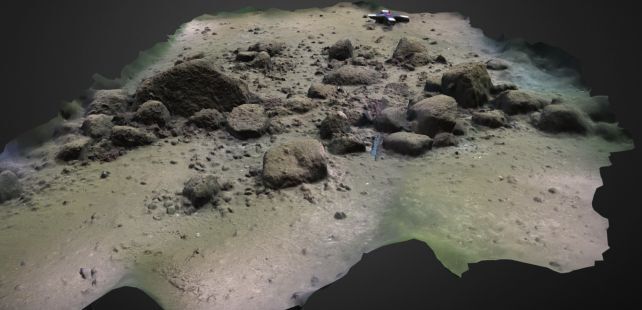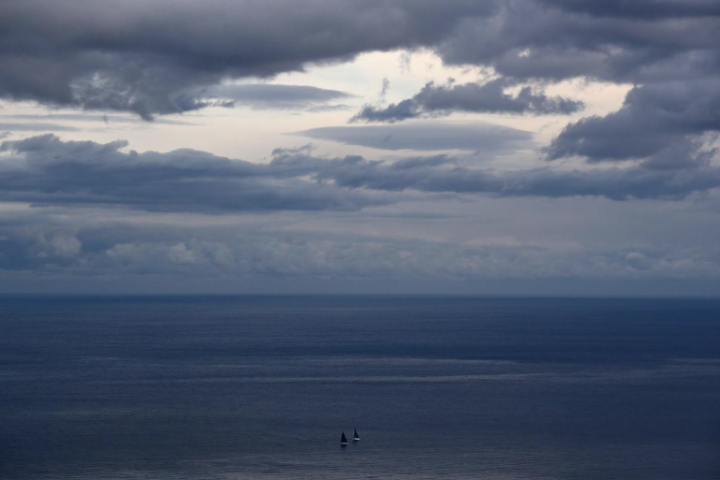Imagine a line of stones, almost a kilometer long, stretching across a field. Now, imagine those stones weren’t scattered randomly, but carefully placed side-by-side, forming a low wall. This is the Blinkerwall, a mysterious structure unearthed in southern Sweden that has archaeologists scratching their heads.
The stones, numbering around 1,670, are each less than a meter high and two meters wide. They form a neat line stretching for an impressive 971 meters. But what’s truly puzzling is how they got there and what purpose they served.
Natural explanations seem unlikely. The stones are too neatly arranged and consistent in size to be the result of glaciers or moving ice. Additionally, the wall’s location near an ancient shoreline or bog hints at human involvement.
But what function did it serve? Theories like a fish weir or a coastal defense are quickly dismissed. The lack of water flow makes a fish weir impractical, and at two meters wide, the wall is simply too narrow for coastal protection.
The most intriguing possibility, based on the available evidence, is that the Blinkerwall was a giant hunting trap. Over 10,000 years ago, this region was teeming with large animals like reindeer and bison. The researchers propose that the wall served as a funnel, guiding herds of these ungulates towards a specific point where hunters could easily take them down.
This theory aligns with the wall’s location near the ancient shoreline, where herds would naturally migrate. It also explains the neatness and consistency of the stones, suggesting deliberate human construction.

However, the mystery remains unsolved. More research is needed to solidify the hunting trap theory and uncover the true purpose of this enigmatic stone wall. Was it a testament to the ingenuity of our ancestors, a giant snare for unsuspecting prey, or something else entirely? Only time and further exploration will tell.
The Blinkerwall isn’t just any baffling structure. Similar colossal stone arrangements, believed to be ancient hunting traps, dot landscapes across vast areas – from the scorching deserts of Saudi Arabia to the heart of Central Asia. This suggests the Blinkerwall might not be an isolated oddity, but part of a wider, global phenomenon of coordinated, large-scale animal hunting by our ancestors.

Dating these behemoths is tricky, but researchers estimate the Blinkerwall rose over 10,000 years ago, only to be swallowed by the Baltic Sea roughly 8,500 years back. Thankfully, its watery tomb preserved it relatively untouched, making it a treasure trove for historical insights.
“The potential age and function of the Blinkerwall is incredibly exciting,” declare the researchers. Not only is its antiquity remarkable, but it also offers a unique window into the lives and resource management strategies of these early hunter-gatherer communities.
They believe this discovery “sheds light on many aspects” of these ancient peoples, particularly their “socioeconomic complexity.” Imagine meticulously building a kilometer-long stone funnel to guide herds towards your waiting spears – such an endeavor surely speaks volumes about their organization, collaboration, and understanding of animal behavior.
The Blinkerwall is more than just a curious relic; it’s a tangible reminder of our ancestors’ ingenuity and adaptation. It highlights their ability to work together, manipulate their environment, and thrive in challenging landscapes. As research continues, this enigmatic wall might reveal even more secrets about the lives and strategies of these fascinating early humans.
The research has been published in PNAS.





